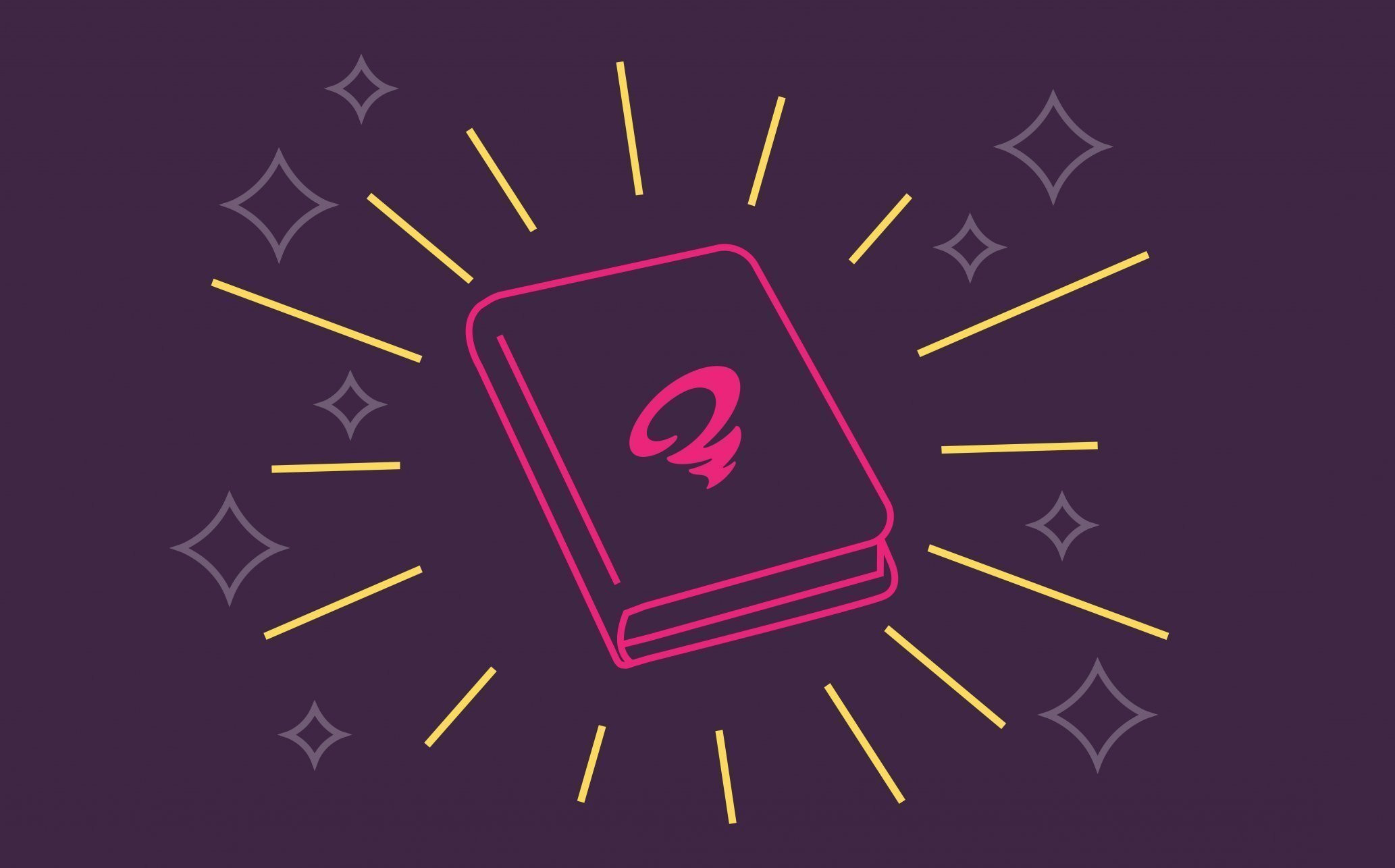The OOHligans are self-proclaimed nerds, so it’s not surprising we were a little jealous of all the kids going back to school—the book lists and reading assignments. But then we remembered that weird stop sign pizza and the nostalgia ended there.
So we got together and came up with some of our favorite books on everything from design to grammar. The result is a book list, OOHligan style. A bOOHk list.

Hey Whipple, Squeeze This, Luke Sullivan
BRAD LUTTRELL, CREATIVE DIRECTOR
“Hey Whipple was the first advertising book anyone ever told me to read,” Brad said. “I actually didn’t read it that first time, but it came back around later in my life when I started reading everything I could on advertising and copywriting. What struck me about the book was its candor. It’s honest. It’s exemplary of writing good, clean copy, not winning awards. It walks you through how to deal with common client challenges. Years later I’m still using his explanations as a response to certain feedback. Besides Creativity, Inc., no other book has had a bigger impact on me as a creative.”
Creativity Inc., Ed Catmull
ARICA JOHNSON, ASSOCIATE CREATIVE DIRECTOR
Since Brad wouldn’t stop talking about how much he loved Creativity, Inc., Arica decided to give it a try. She was inspired by author Ed Catmull’s take on creative leadership. “Creativity Inc. has impacted the entire culture at OOHology. It separates itself from similar books by really outlining how creativity is a process, not an instantaneous moment of inspiration.” Read more about the culture of creativity at OOHology.
Positioning: The Battle for Your Mind, Al Ries and Jack Trout
STEVE MORGAN, ASSOCIATE CREATIVE DIRECTOR
Steve chose Positioning because, although it isn’t a new book, it spells out the principles of market positioning with a clarity and concision that remains relevant to this day. “Ries and Trout basically invented brand positioning as we know it, and this book is a badass explanation of what’s possible (and what’s not) when it comes to building/re-building brands, launching products and claiming real estate in the minds of consumers,” said Steve.

Steal Like an Artist, Austin Kleon
LYDIA TISSANDIER, ASSISTANT ART DIRECTOR
One of the best things about Steal Like an Artist is that it’s a quick read, based on a talk the author, Austin Kleon, gave to some college kids in upstate New York. Lydia picked up her copy during her college years as well. “I loved it because it was a short but inspiring read,” said Lydia. “Even if it’s just something you flip through every once in awhile, it’s a good reminder that everything has been done before, so it’s OK to steal an idea or two as long as you find a way to make it your own.”
The Mythical Man-Month: Essays on Software Engineering, Frederick P. Brooks, Jr.
GLENDON SOLSBERRY, SENIOR BACK END DEVELOPER
“There are a lot of reasons why I’d recommend this one,” said Glendon. “It really boils down to the fact that it says the most obvious thing: ‘Adding manpower to a late software project only makes it later.’ Most companies think that when a project is behind, the right solution is to hire more people. What ends up happening is the people that are most capable of working on the project spend the majority of their time answering questions from the new people, instead of actually working on the project.” We also appreciate that the author, Fred Brooks, manages to make software engineering a little more accessible for regular humans.
Narrative Design, Madison Smartt Bell
WESLEY FAIRMAN, COPYWRITER
“When I was doing my post-graduate work, my thesis director was fond of saying ‘A good writer is a good reader,’ and Narrative Design is a great handbook for learning how to actually read,” said Wesley. “A favorite among MFA in creative writing programs, Madison Smartt Bell’s book is part short story collection, part creative workshop, and a great manual for learning how to accept criticism, apply feedback, and stand your ground for what you believe is good.” All pretty good skills for an advertising copywriter, right?

The Design of Everyday Things, Donald A. Norman
DONOVAN SEARS, SENIOR UX/UI DEVELOPER
The Design of Everyday Things was written by a cognitive scientist and usability engineer–not a designer–and was originally published under the title The Psychology of Everyday Things. Donovan says he chose this particular title because it’s an interesting take on design and the affordance that it should have in order to communicate to humans how use something. “That human part is important,” said Donovan. “Because the book weaves in aspects of behavioral psychology, it really helps you think about design in a holistic, user-friendly way.” You don’t have to agree with author Donald Norman on everything, but you’ve gotta admit that elevator buttons are finger-sized, flat plates on doors mean push, and rounded bars are natural handles.
Eloquent JavaScript, Marijn Haverbeke
Steven Dana, Senior Interactive Designer/Developer
Steven chose Eloquent JavaScript because it’s a free resource that is also an accessible read. “It really takes the world of JavaScript and puts it in language that human beings can understand,” Steven explained. The website also includes additional resources to keep you going, including coding challenges to test your knowledge. It actually teaches you to write code instead of just providing copy/paste coding solutions.
Have something you want to add? Tweet us your favorite books that inspire!

